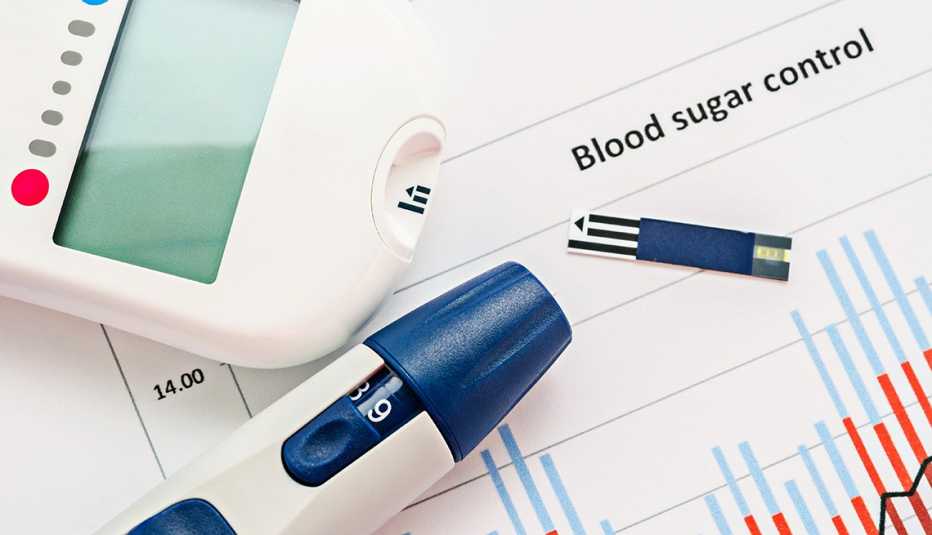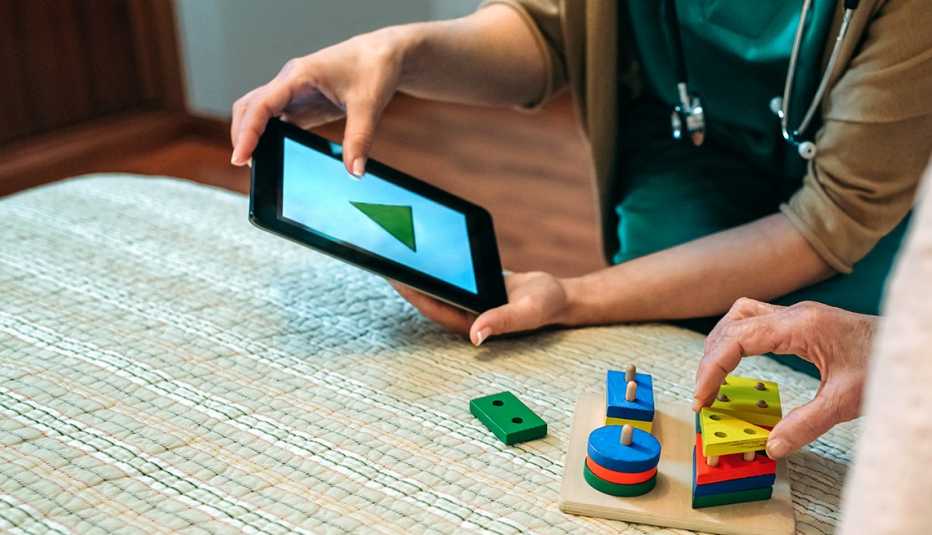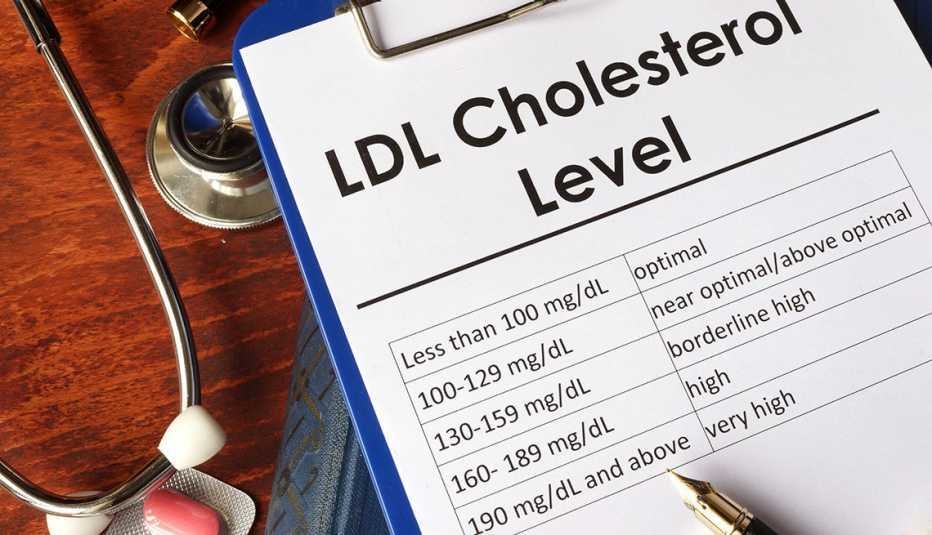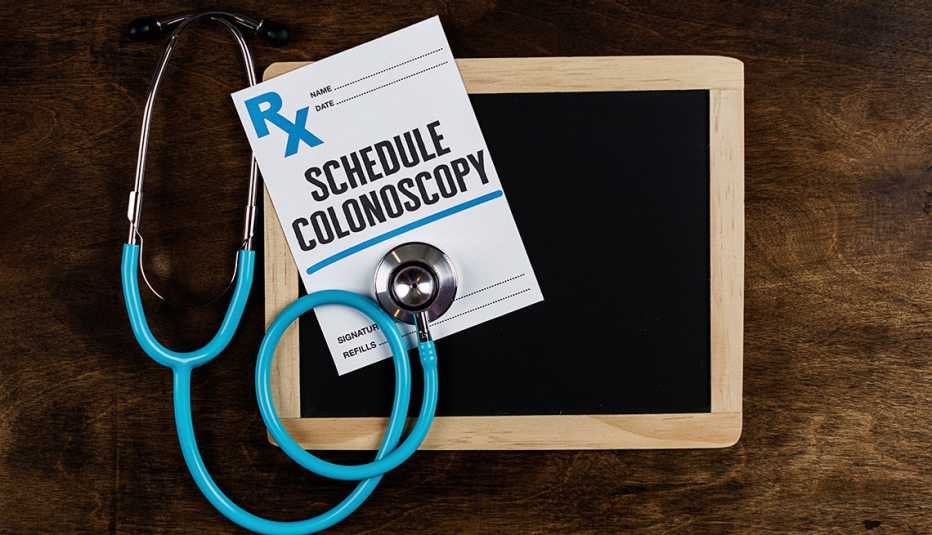Staying Fit
Turn on the television, scan the headlines or scroll through social media and you'll see some alarming stats: More than 1 in 3 people have prediabetes! Fifty-eight million people have precancerous skin lesions! It's enough to make you prematurely gray. And you may wonder, Where did all these new prediseases come from?


"There's ‘pre-’ almost everything,” says Mara Schonberg, associate professor of medicine at Harvard Medical School. Many of these diagnoses have existed for only the past few years. And while they can motivate us to take control of our health, “diagnosing prediseases, especially in older adults, can occasionally be more harmful than helpful,” Schonberg adds. Preconditions often don't turn into the full-blown disease, and a diagnosis can cause added stress and lead to unnecessary medical treatment.


AARP Membership— $12 for your first year when you sign up for Automatic Renewal
Get instant access to members-only products and hundreds of discounts, a free second membership, and a subscription to AARP the Magazine.


That said, knowledge is power, says Bernadette Anderson, a family physician based in Columbus, Ohio. “You have an opportunity to prevent the full-fledged disease from actually occurring.” Here's what it means, and what to do, when the doctor says …


Precondition: Prediabetes


One-third of Americans — and just about half of people over 65 — have fasting blood sugar levels that float between normal (below 100) and type 2 diabetes (above 125), a condition called prediabetes. That sounds pretty dire until you consider that almost nobody was diagnosed with prediabetes before 2010. And the medical community doesn't completely agree on whether the epidemic is real. “Prediabetes is questionable because it's very fuzzy — such a small percentage of people who get that label ever actually progress to diabetes,” says Eric Topol, a cardiologist and director of the Scripps Research Translational Institute in San Diego.


On one hand, blood sugars in this intermediate range do increase the risk of diabetes (and with that, the risk of heart disease, stroke and Alzheimer's disease). But some research finds that every year, just 2 percent of prediabetics go on to a full-blown diabetes diagnosis, and less than half of those diagnosed with prediabetes will become diabetic within a decade. “I have seen some patients who have diabetes the next time we check, and some who stay in the prediabetes range or go into the normal range for years and years after,” says Grenye O'Malley, an endocrinologist and assistant professor at the Icahn School of Medicine at Mount Sinai in New York City.


Doctor's orders: Your physician should have you come back in six months to a year for one of three tests, O'Malley says: a fasting blood sugar test, a hemoglobin A1c test (which measures average blood sugar levels for the past two to three months) or an oral glucose tolerance test (where you fast, then drink a sweet liquid and measure blood sugar levels two hours later). In the meantime, he or she will tell you that weight management needs to become your top health priority: Gaining more weight could push you into the diabetic realm, while just a 5 to 7 percent drop on the scale (as little as 10 to 14 pounds for a 200-pound person) cuts the risk of developing diabetes in half. And while there are at least 10 classes of drugs on the market that target prediabetes, medications seem primarily to delay, rather than prevent, the onset of full diabetes. “In the largest trials, lifestyle changes with weight loss were the most effective prevention for diabetes—even more so than drugs,” O'Malley says.


Your action plan: Ask your doctor to test your vitamin D levels, and consider a supplement. In a 2018 study (average age of participants: 74), one-third of those with vitamin D levels above 30 nanograms/milli-liter had a risk of developing diabetes, but only one-fifth of those with levels above 50 ng/ml had this risk. (Most people are in the 20-40 ng/ml range.) And eat more fruit: People with prediabetes who ate two cups of raspberries with breakfast dramatically lowered their blood sugar levels, according to a recent study in the journal Obesity. Flavonoids and polyphenols in the fruit have antidiabetic properties, the researchers say.
Symptom alert: Increased urination, extreme thirst, blurred vision or unintentional weight loss are all signs that you may be tilting toward full-blown diabetes.
Precondition: Stage 1 hypertension
In 2017, new guidelines did away with the term “prehypertension,” which is why you may have heard the terms “elevated blood pressure” or “stage 1 hypertension.” In the U.S., stage 1 hypertension means your systolic blood pressure — the top number — is rising into the 130s, and your doctor should advise you about treatment, notes the American College of Cardiology. But in a study of 12,000 patients in Germany, where that BP level isn't considered worthy of treatment, researchers found that, over 10 years, there was no increased risk of mortality from cardiovascular disease for people in this category, once other factors were considered.
Doctor's orders: The real risk here is blood pressure (BP) creep: Once your systolic blood pressure settles above 130, it's critical to begin making lifestyle changes, says Icilma Fergus, a cardiologist and director of cardiovascular disparities at Mount Sinai Medical Center in New York City. And if you have heart disease and diabetes, medication could be an option. If you're on a new BP medication, the doctor may choose to see you once or twice a month at first. Otherwise, start taking your BP on your own — weekly if it's generally stable and daily if it's not (or if you have a goal in mind). Use an at-home, cuff-style biceps monitor, or visit a pharmacy with a BP measuring station. Try a low-sodium diet such as the DASH (Dietary Approaches to Stop Hypertension) eating plan for at least two weeks, consuming no more than 1,500 milligrams of sodium a day. “We have a very rapid response to reducing salt intake,” says Fergus. In fact, the DASH diet has been found to be as effective as drugs for many adults.
Your action plan: Take a nap. Middle-of-the-day sleep appears to lower blood pressure just as much as taking low-dose antihypertensive medications, according to a recent Greek study. “There is a natural drop in blood pressure when we sleep and likely a downregulation of our sympathetic nervous system,” explains Chris Winter, a physician based in Charlottesville, Virginia, who wrote The Sleep Solution. “Doing it consistently can put your body into a rhythm of turning down the pressure within your circulatory system every day."
And fill up on foods high in potassium (potatoes, bananas, kidney beans, wild salmon) as well as calcium and magnesium (yogurt, dark leafy vegetables and almonds). They help stabilize blood pressure, says Anderson.


































































